An old Laotian hermit discovers that the ghost of a road accident victim can transport him back in time fifty years to the moment of his mother's painful death.
Related Movies

How are You? (NaN)
A normal office worker, Wang Cuihua, is transported into a book and becomes a side character. She teams up with the story's main character, who is also a time traveler, to change the plot, solve crises in the alternate world, and ultimately return to modern life together.

Strandgut (2000)
The oppressing life of a father and his son with a tragic ending and what can happen if a dream suddenly comes true.
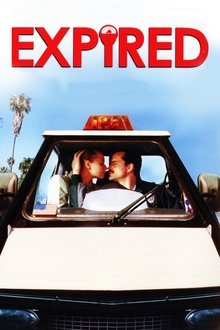
Expired (2007)
The film revolves around Claire, a kind soul who resents having to enforce the law at all times, and Jay, an angry Traffic Officer who loves his job, being the perfect outlet for his anger and frustrations. Coming both from a place of despair and loneliness, Jay and Claire meet and engage in a tumultuous relationship which will eventually teach them that love can spread redemption.

I taket lyser stjärnorna (2009)
Young adolescent girl Jenna's mother is dying, while at the same time Jenna is turning from a young girl into a young woman. So it is difficult for her to admit that she is afraid to lose her mother; instead she behaves contrary to how one would expect.

Irresistible (2006)
A wife and mother is consumed by the thought that her husband's co-worker is trying to win him away from her and their family.

Don't Look Back (2009)
Panic attacks and memory loss signal the plight of a writer whose body is inexplicably being taken over by another woman.

Stander (2003)
The life and career of Andre Stander, a South African police officer turned bank robber.

Marion Bridge (2003)
When three estranged sisters reunite to care for their dying mother, old conflicts and secrets return to the surface.

Schönefeld Boulevard (2014)
A tragic comedy about an 18-year old girl growing up near the new Berlin airport's construction site.

Levenslang en gelukkig (2014)
In a village where people and fairy tale figures live next to each other, a few goats have been murdered. A young inspector leads the investigation. But nothing is what it seems to be.

Salome (1981)
The story starts as a seemingly simple crime of passion, Jimmy, the persistent suitor, is stabbed to death by Salome, the young and pretty wife of Kario, an ordinary farmer. But as the story unfolds, conflicting versions of the crime are given.

Their Eyes Were Watching God (2005)
A drama set in the 1920s, where free-spirited Janie Crawford's search for happiness leads her through several different marriages, challenging the morals of her small town. Based on the novel by Zora Neale Hurston.

How to Deal (2003)
Halley is convinced true love doesn't exist based on the crazy relationships around her. Her mother is divorcing her father who is dating a younger woman Halley can't stand. Her crazed sister is planning a wedding but has second thoughts and her best friend has fallen madly in love for the first time leaving Halley to feel even more alone.

Diggers (2007)
It portrays four working-class friends who grow up in The Hamptons, on the South Shore of Long Island, New York, as clam diggers in 1976. Their fathers were clam diggers as well as their grandfathers before them. They must cope with and learn to face the changing times in both their personal lives and their neighborhood.
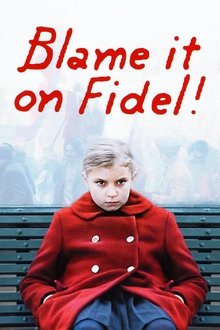
Blame It on Fidel! (2006)
A 9-year-old girl weathers big changes in her household as her parents become radical political activists in 1970-71 Paris.

L'Animale (2018)
Riding on their tuned-up bikes, Mati and her posse of male friends intimidate their neighborhood and harass the girls. In their village, they rule. But when her closest pal Sebastian falls in love with Mati and her enemy Carla unexpectedly turns into a friend, Mati is in danger of losing her standing among her male friends. Meanwhile Mati’s parents have a decision to make: What's more important, appearances or reality?

The Fox - Traces of Coal Dust (2017)
During their investigation into a toxic waste scandal, Yousseff and Anne Marie Fuchs' client are found dead, and the two detectives find themselves in a life-threatening situation.
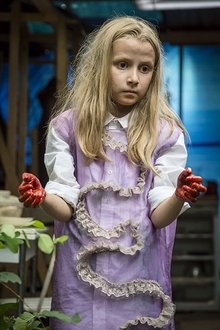
All Small Bodies (2017)
'All Small Bodies' is a feminist, sci-fi take on the Grimm tale of Hansel and Gretel. It occurs in the distant future among the ruins of a planetary catastrophe, revealing the abuses of history and technology. In the wake of the chaotic aftermath, there are several resilient survivors including two young girls named Z and Bub. The film follows these curious adolescents who have long been lost and alone in the haunted, other-worldly woods, as they awaken their extrasensory abilities and reclaim their autonomy from a menacing dark presence.
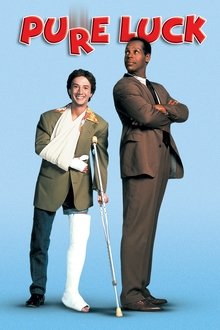
Pure Luck (1991)
The daughter of a wealthy businessman has disappeared in Mexico, and all the efforts to find her have been unsuccessful. A psychologist, knowing that the girl has an ultra bad luck, persuades her father to send to Mexico one of his employees, an accountant with super bad luck, to find her. Perhaps he will be lucky, and his bad luck could help to find the unlucky girl.
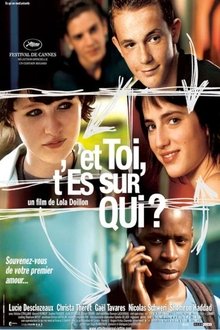
Just About Love? (2007)
End of High School, Beginning of Summer. A group of friends spend most of their time together, but little do they know that each and everyone of them has set their mind on pursuing one goal, the goal of every teenager : doing it for the first time. And sometimes the line between friendship, love and desire is really thin especially when you’re 15.